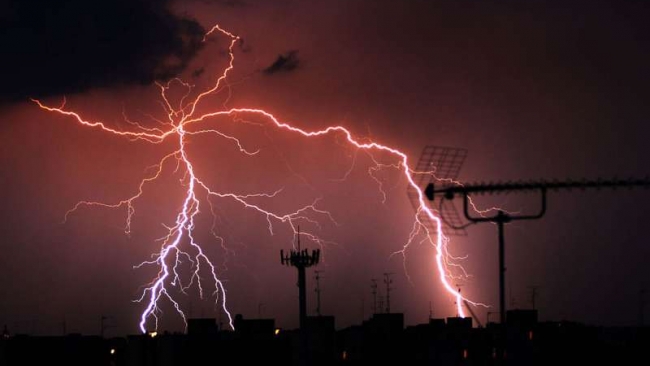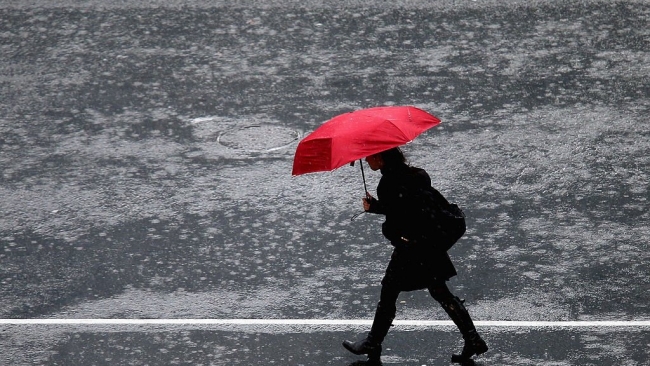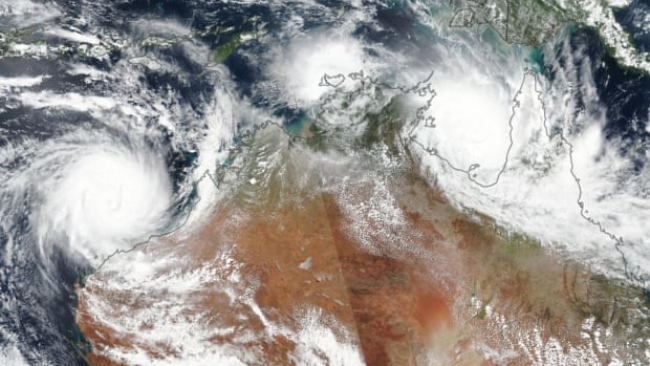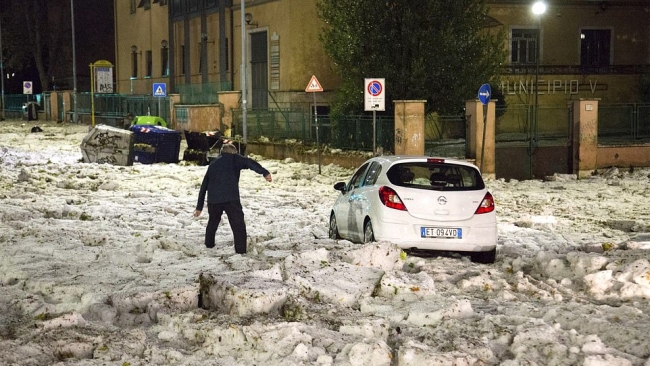We are starting to crack the mystery of how lightning and thunderstorms work

Imagine lying on a green hill watching the clouds go by on a beautiful day. The clouds you're probably thinking of are cumulous clouds, the ones that resemble fluffy balls of cotton wool. They seem innocent enough. But they can grow into the more formidable cumulonimbus, the storm cloud. These are the monsters that produce thunder and lightning. They are powerful, destructive and intensely mysterious. They may also be getting a lot more common, which makes understanding their workings—and their effects on the human world, including how we construct buildings or power lines—more important than ever.
Many clouds form when warm wet air rises to high altitudes where it gets colder and condenses into water droplets. Thunderstorms happen when a cloud forming in this way quickly grows very large, sucking in more and more water vapour. There almost always follows precipitation and strong gusty winds. And of course, lightning. Lightning might seem fairly rare, but it has happened about 700 times—we get about 100 strikes per second—somewhere around the globe in the time it has taken you to read this sentence.
Source: PHYS.ORG
Thu 15 Oct 2020 at 10:40


.jpg)


